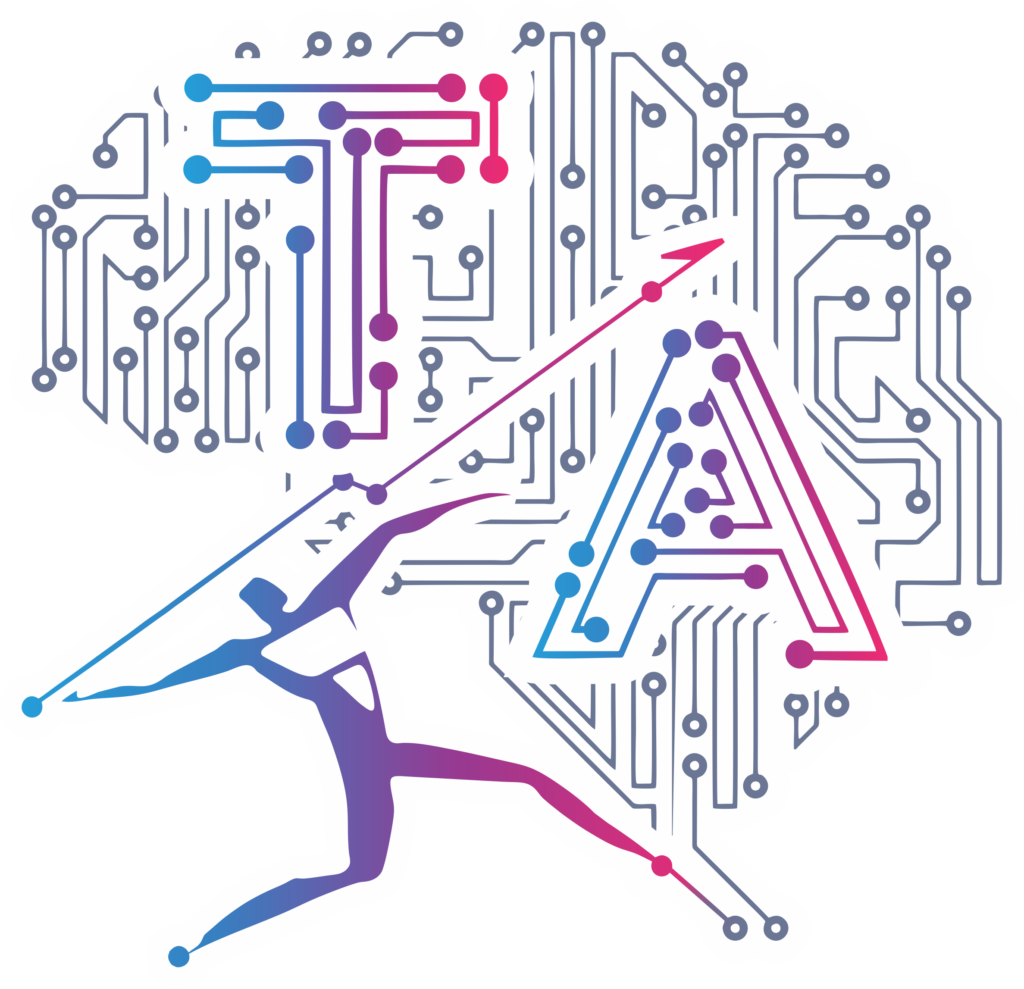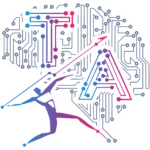Unlock the Remarkable Java Full-Stack Developer Roadmap: From Core Java to Microservices (2025)

🚀 Introduction
In today’s tech industry, Java Full‑Stack Developers are in high demand. Businesses want professionals who can manage everything from backend services to dynamic user interfaces, all while building scalable apps using microservices. This Java Full‑Stack Developer Roadmap will help you become one of them.
Whether you’re just getting started or switching careers, this roadmap outlines your journey from Core Java to building modern cloud-ready microservices with real-world tools.
Following a proven Java Full-Stack Developer Roadmap not only gives you clarity in your learning journey, but it also helps avoid the chaos of switching between random tutorials. It’s a structured way to grow from basics to advanced full-stack deployment.
🧠 1. Core Java for Full-Stack Development
The Java Full‑Stack Developer Roadmap starts with mastering Core Java. It’s the backbone of Java development and essential for writing efficient and maintainable code.
🔹 Key Concepts:
Object-Oriented Programming (OOP)
Exception Handling
Java Collections
Multithreading and Concurrency
Input/Output Streams
JDBC for database interaction
Understanding these concepts helps you build solid backend logic and prepares you for frameworks like Spring Boot.
📘 Resource:
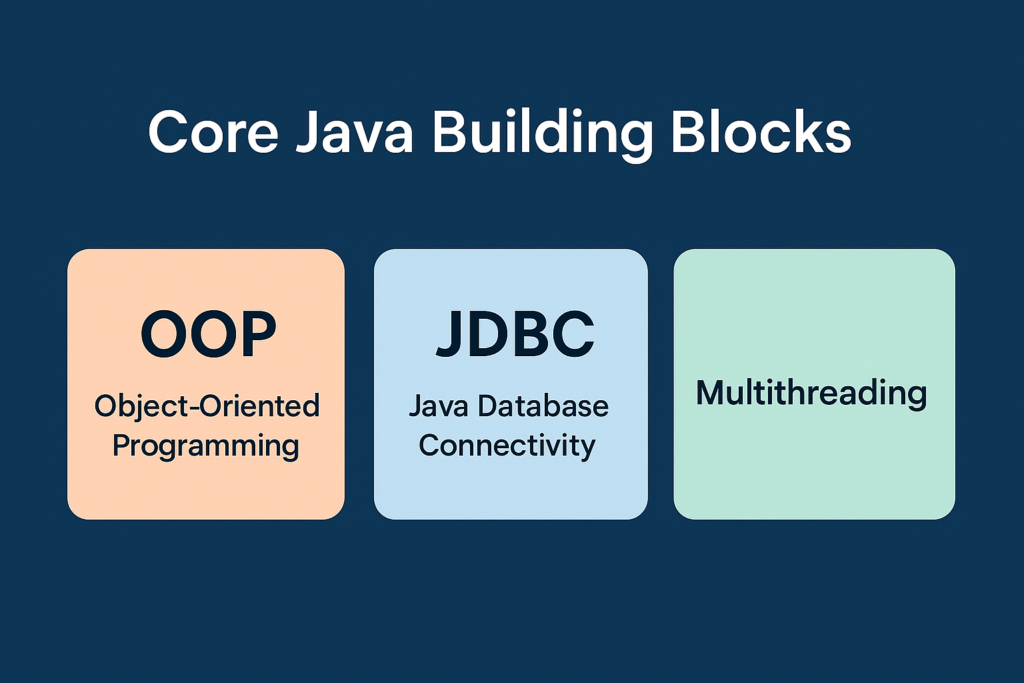
💻 2. Backend Development with Spring Boot
After Core Java, the Java Full‑Stack Developer Roadmap leads you to backend development using Spring Boot—a modern, productive Java framework.
🔹 Why Learn Spring Boot?
Quick setup with embedded Tomcat server
Create RESTful APIs easily
Integrates with JPA/Hibernate for ORM
Supports security with Spring Security
🔹 Must-Know Features:
Spring MVC & REST Controllers
Spring Data JPA & Hibernate
Configuration using YAML/Properties
Exception Handling (ControllerAdvice)
Testing with JUnit and Mockito
📘 Resource:
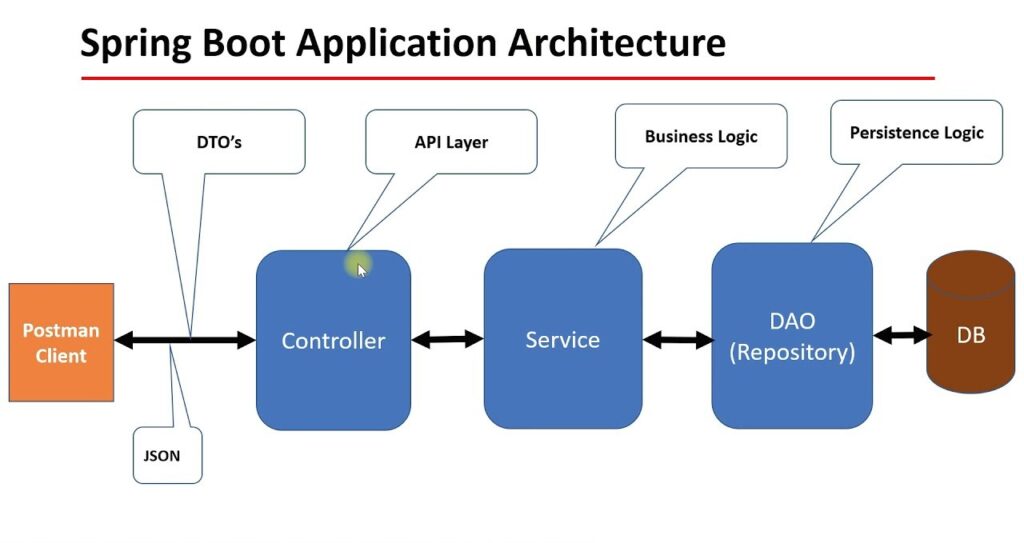
🎨 3. Frontend Technologies for Java Developers
The modern Java Full‑Stack Developer Roadmap includes building beautiful and responsive frontend interfaces. While Java powers your backend, the frontend is typically built using JavaScript frameworks.
🔹 Learn These Technologies:
HTML5, CSS3, JavaScript (ES6+)
React.js or Angular
Axios or Fetch for API calls
Responsive design (Bootstrap or Tailwind CSS)
State management (Redux, Context API)
React.js is especially popular among Java developers for its simplicity and easy integration with Java APIs.
📘 Resource:
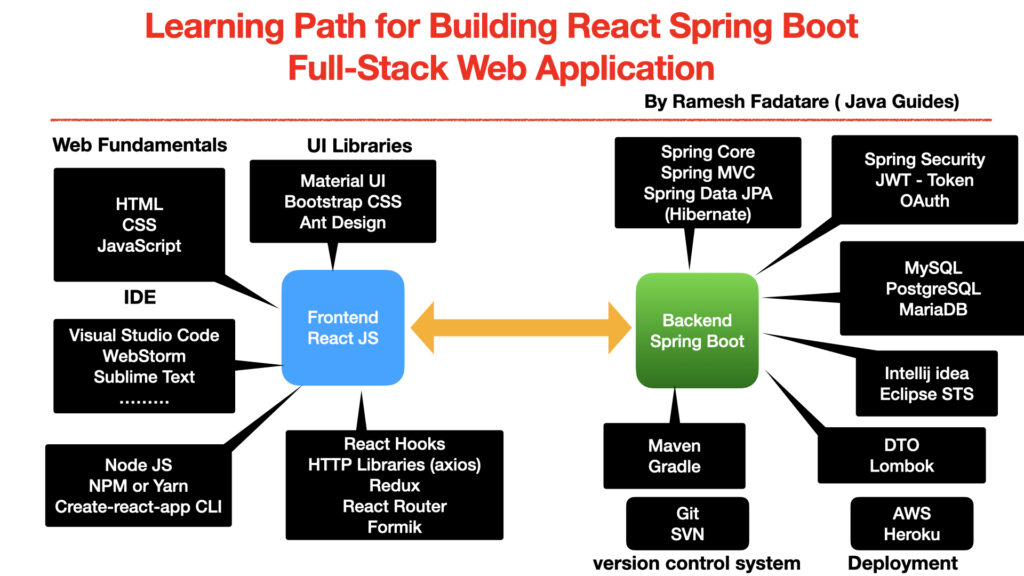
🧩 4. Microservices Architecture with Java
In modern enterprise applications, monolithic systems are being replaced by microservices—a core part of the Java Full‑Stack Developer Roadmap.
🔹 Microservices Principles:
Independent deployment and scaling
Loose coupling and high cohesion
Polyglot persistence (using different databases)
🔹 Java Tools & Frameworks:
Spring Cloud (Eureka, Config Server, Gateway)
Docker for containerization
Kubernetes for orchestration
Apache Kafka or RabbitMQ for async communication
Microservices allow developers to build scalable, resilient systems that align with cloud-native architecture.
Embracing microservices is one of the most strategic moves in the Java Full-Stack Developer Roadmap. It teaches you how to scale applications, handle distributed systems, and align with cloud-native development trends.
📘 External Resource:
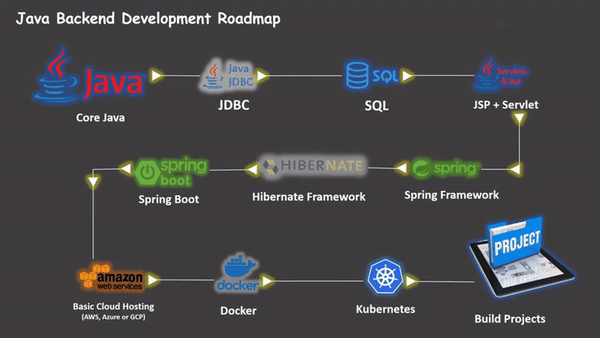
🛠️ 5. Tools You Need Along the Way
To walk the Java Full‑Stack Developer Roadmap effectively, you must learn essential tools used in professional development environments.
| Area | Tools & Technologies |
|---|---|
| IDE | IntelliJ IDEA, Eclipse |
| Build Tools | Maven, Gradle |
| Version Control | Git, GitHub |
| Testing | JUnit, Mockito |
| CI/CD & DevOps | Jenkins, Docker, Kubernetes |
| Databases | MySQL, MongoDB |
These tools will help you write cleaner code, manage dependencies, automate testing, and deploy your applications at scale.

🎓 Additional Learning Tips
Here are some bonus tips to accelerate your progress on the Java Full‑Stack Developer Roadmap:
🔄 Practice Daily: Build small projects and publish them on GitHub
🔍 Read Documentation: Especially for Spring Boot and React
💬 Join Communities: Participate in Stack Overflow or Reddit forums
📂 Contribute to Open Source: Learn real-world practices and workflows
🎥 Follow YouTube Playlists: For quick and engaging tutorials
FAQs:
Is Java still worth learning in 2025?
Yes! Java is still dominant in enterprise environments and continues to evolve. This makes it a great choice for anyone following the Java Full‑Stack Developer Roadmap.Do I need to know data structures?
Absolutely. They enhance problem-solving and are crucial for both interviews and real development.How can I showcase my full-stack skills?
Build projects aligned with the Java Full‑Stack Developer Roadmap, like:Portfolio website
E-commerce site
Blog platform
Can I join the full stack course without a coding background?
Yes! Our Java Full Stack Course follows the same roadmap—starting from Core Java and gradually introducing advanced topics like microservices.What kind of projects will I build?
Real-world projects such as:RESTful Spring Boot API
Full-stack dashboard with React
Microservice deployment using Docker
Will I get placement assistance?
Yes. We offer:Career mentorship
Resume reviews
Mock interviews
Job referrals
Is it suitable for working professionals?
Yes. The Java Full‑Stack Developer Roadmap is structured flexibly. Our program offers weekend batches, recorded sessions, and support for working professionals.
🎯 Conclusion
The Java Full-Stack Developer Roadmap is more than just a guide—it’s a strategic blueprint to help you become a confident, job-ready developer in 2025. By following a structured path that starts with Core Java and progresses through backend development, frontend integration, and microservices architecture, you equip yourself with the complete skill set employers demand.
Unlike scattered tutorials, the Java Full-Stack Developer Roadmap gives you clarity, direction, and a step-by-step plan to master full-stack development the right way. From hands-on project building to deploying microservices in the cloud, every step reinforces your learning.
If you’re serious about building real-world applications, scaling your career, or switching to a high-paying developer role, start today with this proven Java Full-Stack Developer Roadmap. With the right guidance and consistent practice, your full-stack goals are completely within reach.
🔗 Similar Blogs You Might Like
Here are some related reads to continue your journey along the Java Full-Stack Developer Roadmap:

